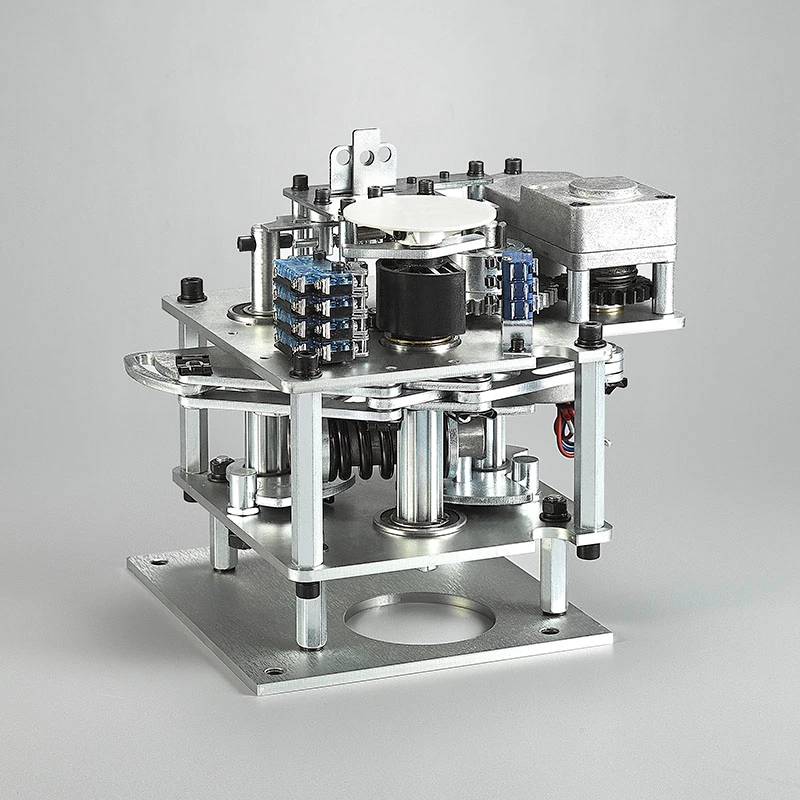Electrical Secondary Control System Of Sf6 Circuit Breaker Operating Mechanism
1. sf6 circuit breaker operating mechanism Jump and anti-jump
sf6 circuit breaker spring mechanism Jump means that when the control handle of the circuit breaker is in the closing position (the closing control circuit is connected for some reason), when there is a fault in the line (such as a short circuit, etc.), the relay protection device acts on the circuit breaker to trip. At this time, the circuit breaker re-closes and trips, and the action is repeated many times, which is called "jump".
The "anti-jump" of the circuit breaker is to use a mechanical locking device or an electrical locking device to make a closing command
no matter how long it lasts, the circuit breaker can only be closed once. In order to prevent the circuit breaker from automatically opening when a fault occurs during the closing process, even if the closing command is not released, the circuit breaker cannot be closed again, in order to avoid unnecessary multiple opening and closing of fault currents and damage to the equipment. If the circuit breaker needs to be closed for the second time, the closing command must be resent after the previous closing command disappears.
ALSTOM GL314 circuit breaker has anti-tripping function, and an electrical interlocking circuit is installed in the circuit to realize the anti-tripping protection of the circuit breaker.
Schematic diagram of electrical anti-tripping device of general circuit breaker (anti-tripping action circuit marked in red)
(III)
1) SST: closing button
2) S3: auxiliary contact of opening and closing position
3) HQ: closing coil
4) K0: anti-tripping relay
When the closing button SST is pressed, the closing electromagnet HQ is energized and actuated, the primary circuit of the circuit breaker is closed, and the position state of the auxiliary contact of S3 is reversed.
After the switch is closed, the change of the position of the normally open and normally closed contacts of S3 causes the HQ circuit to lose power.
The K0 circuit is energized to activate the anti-tripping circuit and self-hold. At this time, the normally closed auxiliary contacts of the K0 relay connected in series in the closing circuit are disconnected at the same time, and the locking closing circuit prohibits the issuance of a closing command again. If the circuit breaker needs to be closed for the second time, the closing command must be resent after the previous closing command disappears.

